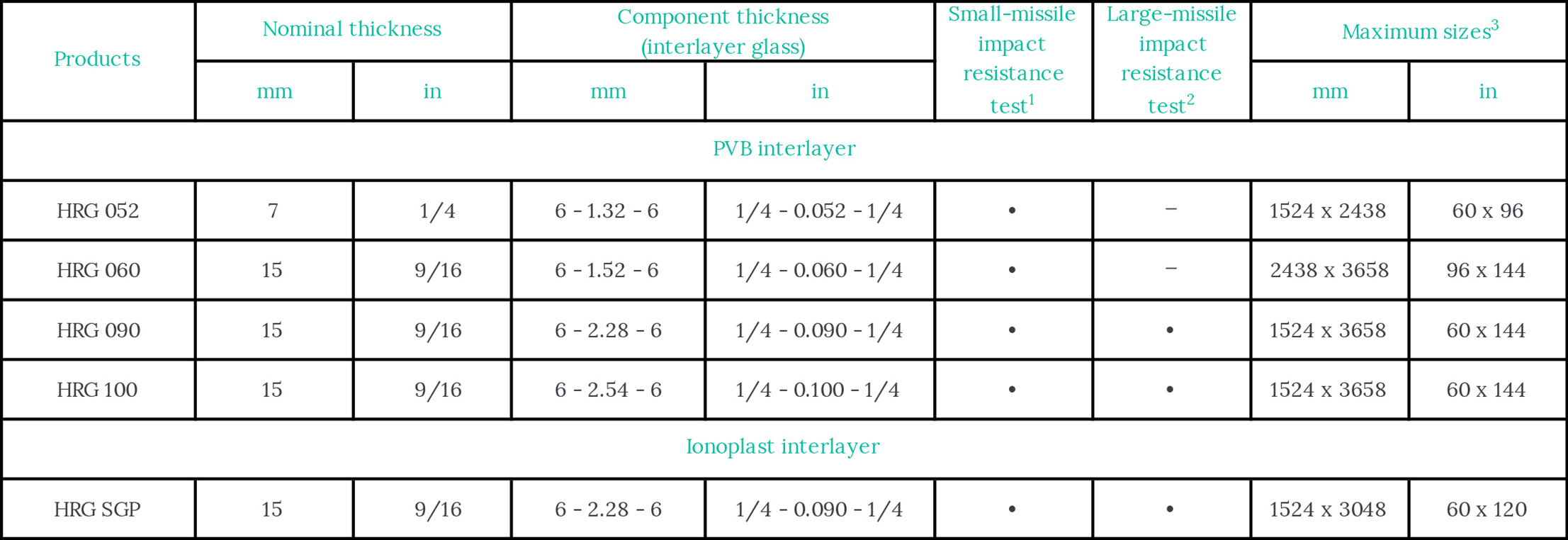Laminated Glass
You are interested or you are having questions?
Hurricane Resistant Glass
Prel-Lam Hurricane Resistant glass is made of two or more pieces of glass permanently bonded together with one or more interlayers. It provides high resistance to hurricanes and other bad weather that may occur in coastal areas. Extreme weather in recent years has led some coastal regions to enforce new standards to increase building resistance to high wind loads and the impacts of wind-borne projectiles.
* Although no product can offer itself a complete protection against hurricanes and other storms, Prel-Lam HRG glass can withstand extreme weather when installed in a system designed for this purpose.
CHARACTERISTICS
- Can withstand high wind loads for several hours
- Provides increased protection against wind-blown projectile impacts
- Maintains the integrity of the building envelope during storms
Standards and certifications*
International Building Codes (IBC and IRC), Certification programs such as Florida Building Code (FBC) and Texas Department of Insurance (TDI), Standards and testing methods such as Dade County TAS 201 and 203, ASTM E1886, ASTM E 1996 and SSTD 12.
*To meet these standards, the entire window—the glass sealed in its frame—must be tested.
Choice of components
Types of glass
- Clear, ultraclear, tinted
- Low-e, reflective
Types of interlayers
PVB, ionoplast
Applications
- Coastal areas where regulations require hurricane-resistant doors and window
- Doors and windows for commercial and residential buildings
- Curtain walls, atrium and skylights
Documentation
Consult the tools section for all our documentation.
PRODUCTION CAPACITY

¹ : Small Missile Impact Resistant Test: glass installed in its frame must withstand the impacts of 30 2g (0.07oz)-steel balls followed by series of alternating pressure cycles.
² : Large Missile Impact Resistant Test: glass installed in its frame must withstand 2 impacts from a 5cm (2 in) x 10 cm (4 in) piece of wood weighing 4,08 kg (9lbs) followed by series of alternating pressure cycles.
³ : The maximum sizes do not imply that glass made in these dimensions will meet the requirements of the tests.


